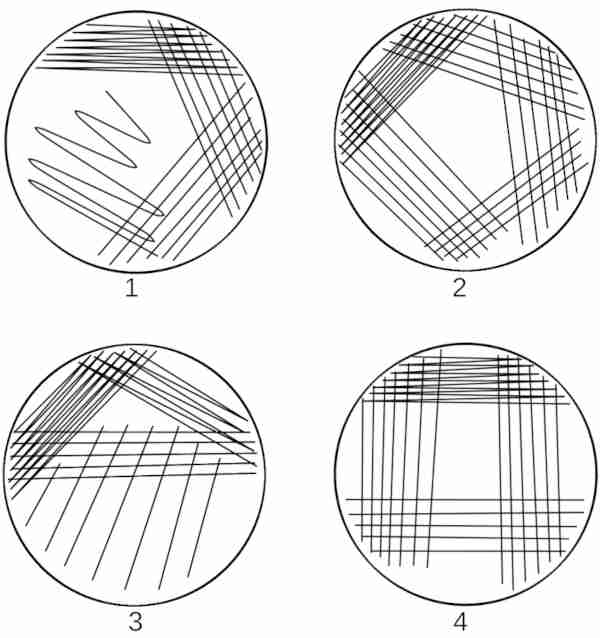 Examelot
Examelot
Report a problem
The CSMLS MLA Certification Exam is an examination for laboratory assistants in Canada. The exam is set by the CSMLS (Canadian Society for Medical Laboratory Science).
These practice questions will help prepare you for the CSMLS MLA exam.
This page contains 180 practice questions divided into the eight sections of the exam: 1. Safe Work Practices, 2. Data and Specimen Collection and Handling, 3. Pre-analytical Procedures, 4. Reagent Preparation, 5. Communication and Interaction, 6. Quality Management, 7. Professional Practice, and 8. Critical Thinking.
All questions have been carefully designed to mimic the questions on the real exam, to help you prepare and get a passing grade.
Check out all the practice tests in this series: Practice Test 1, Practice Test 2, Practice Test 3, Practice Test 4, and Practice Test 5.

